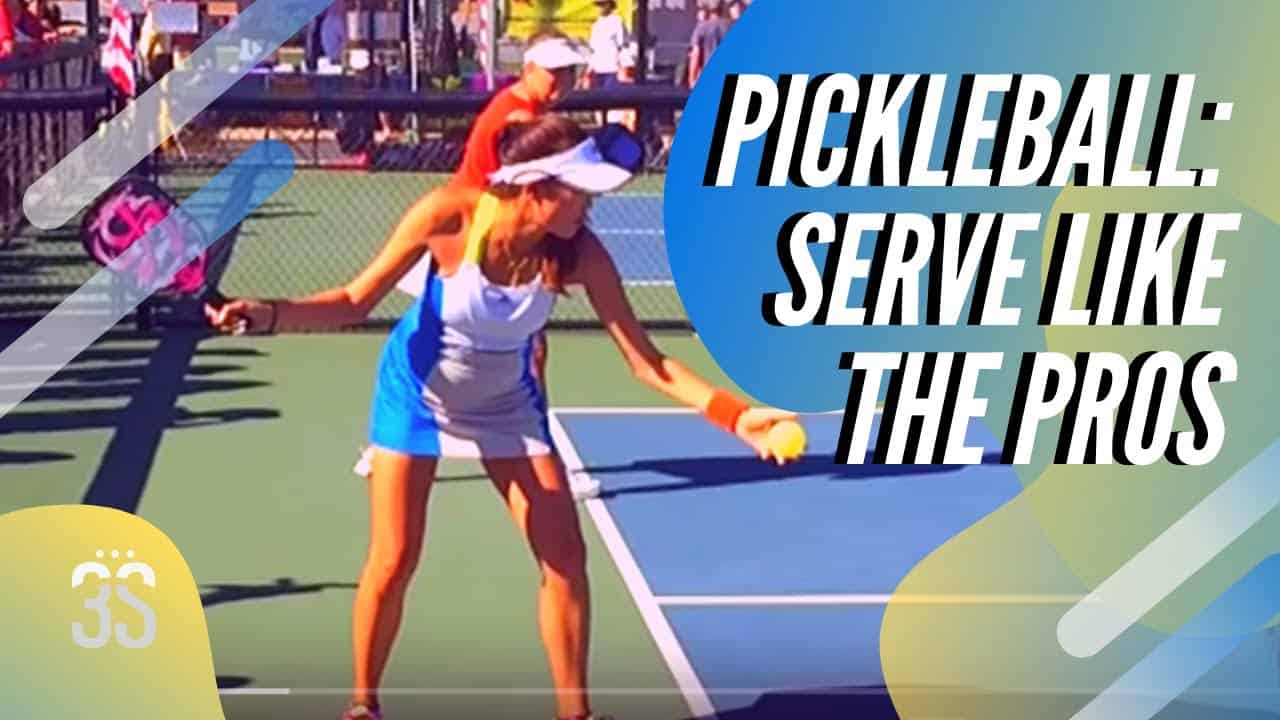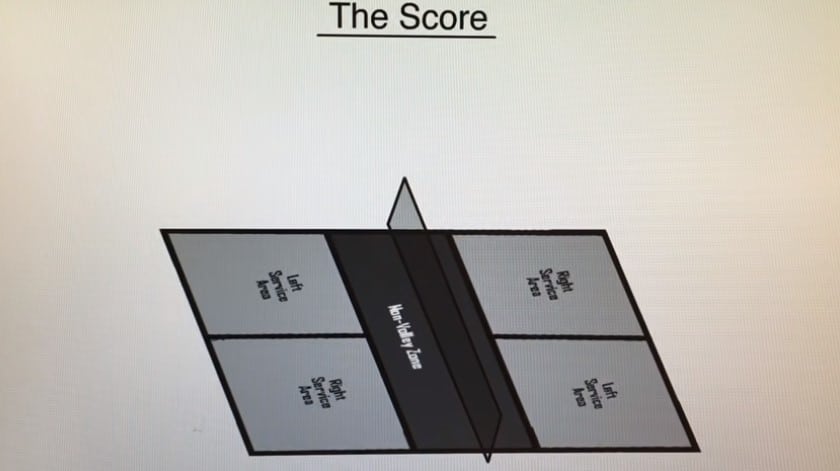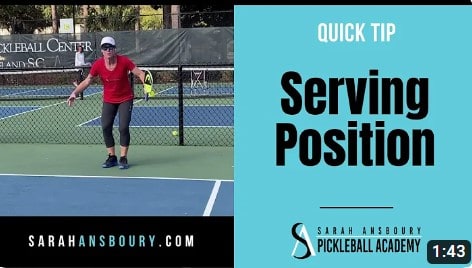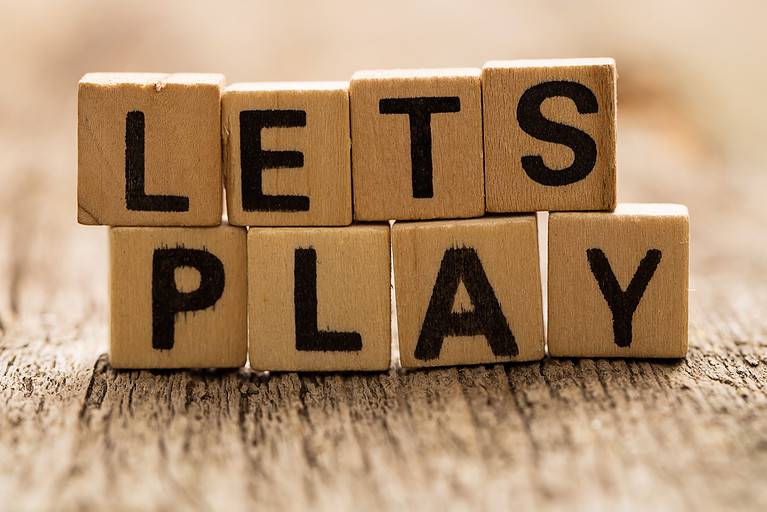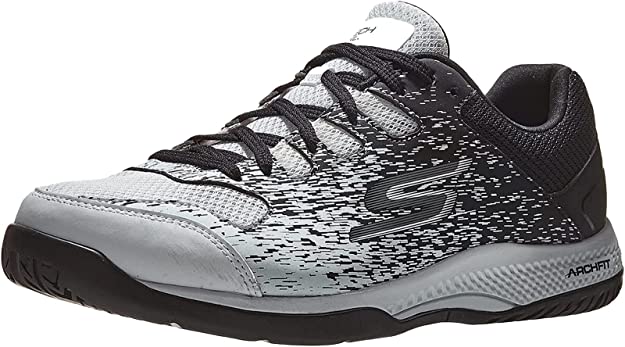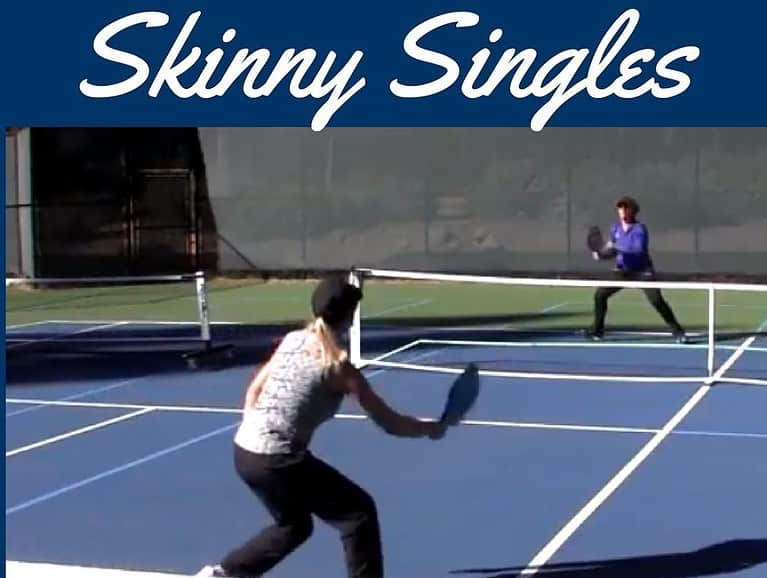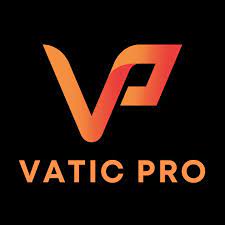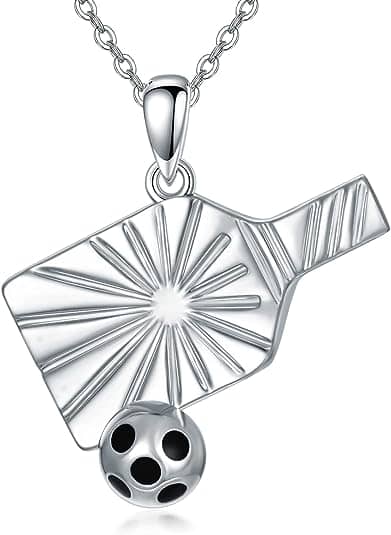Pickleball Drop Serve vs Underhand Serve – Which Is Best
First, where I play, we call the volley serve an underhand serve on the court. Don’t know why; we just do. I have been playing pickleball for a few years, and knowing the serving rules is important. I have tried many variations on my serve, including the drop and volley serve.
While I use both, I am more consistent with my volley serve, so I use this most in my pickleball game. With 40-50 % of the doubles players I play with, their go-to serve is the drop serve. I see more and more people, including the pickleball drop serve, in their toolboxes.
What Is The Number 1 Rule of Serving?
GET THE BALL IN! I don’t know how many times this has been drilled into me. My coach told me that not getting your serve can result in an 11-point advantage for the opposing team.
So as you continue to refine your pickleball serve, adding pace and spin, remember, in a competition, go for consistency! There are also excellent drills that you can do to improve your serve and serve-returns.
But before we dive into our topic, let’s first address the basics: what exactly is a serve in pickleball?
What is a Serve?
A pickleball serve is the stroke that initiates the point. The shot takes the ball from your paddle to your opponent’s service court. A legal pickleball serve needs to be executed properly in line with the pickleball serving rules to be considered a legal serve. Otherwise, it can result in faults, allowing your opponent to score.
You can use a volley or drop serve for your pickleball serve.
The pickleball serving rules state there is only one serve attempt per player on a serving team.
What Is A Legal Pickleball Serve?
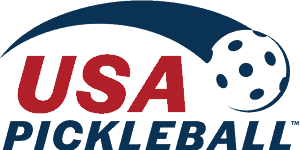
The serving rules for a legal pickleball serve are set by the USA Pickleball Association:
1. Serve Motion: The serve must be made with an underhand motion to be a legal serve, meaning the paddle contact with the ball must be below the server’s waist (navel level). It is considered an illegal serve if the motion is a side motion or above waist height.
2. Service Courts: The server must land in the proper service court, the diagonally opposite service court in the area between the baseline and the non-volley line on the opposite side, excluding the ‘kitchen,’ which includes the non-volley zone line.
3. Double Bounce Rule: After the serve, the receiving team must let the ball bounce before returning. Then the serving team must also let it bounce once before returning. Only after these two bounces can players volley the ball (hit it without letting it bounce).
4. Faults: The serve becomes a fault if:
- it lands in the kitchen
- it’s volleyed before the double bounce rule is completed
- it lands in the wrong service court
- if the server steps on or inside the baseline before striking the ball

What Is A Pickleball Drop Serve?
Drop serves are a relatively new introduction to the sport, becoming a legal serve in 2021. To perform a drop serve:
1. The server must release the ball from one hand and let it bounce on the ground. It is an illegal serve if you throw the ball to the ground to make it bounce higher.
2. Once it bounces, the server strikes the ball with the paddle to send it over the net.
The advantage of the drop serve is that it can create a variety of spin effects, confusing the opponents and possibly resulting in a weak return. This serve in pickleball can also be less taxing on the server’s body, particularly for players who have shoulder or elbow issues (always a consideration)
However, the drop serve can be tricky to master, particularly in ensuring that the ball bounces high enough to be struck effectively and accurately. Timing is critical for executing a successful drop serve.
I have seen quite a number of these serves not go to the intended location. You can really bet pace and spin on the ball, but you need to work at consistency.
What Are The Components of a Drop Serve?
1. Ball Release: This is the first step in this pickleball serve, where you release the ball from your hand and allow it to bounce on the ground. It’s crucial to remember that the ball should drop naturally – there should be no side spin or added force as you let go of the ball.
2. Ball Bounce: The ball should bounce once on the ground. The bounce height significantly affects how effective your service will be. Too low, and it’s hard to strike effectively; too high, and it can be challenging to control. You need to strike the ball at the right time after the bounce to maximize effectiveness.
3. Paddle Contact: Once the ball has bounced and is rising, you strike it with your paddle. The type of spin or speed you want on the serve will determine how and where you hit the ball.
What Are Examples of Drop Serves?
1. Topspin Drop Serve: After the ball bounces off the ground, you brush the paddle upwards on the ball to generate topspin. This service can cause the ball to drop quickly once crossing the net, making it difficult for opponents to return.
I see this quite a bit, and it really keeps the ball low, resulting in more difficult returns as you try to clear the net without popping the ball up.
2. Backspin Drop Serve: This serve involves striking the ball in such a way that it spins backward towards the server as it travels towards the opponent. After the ball bounces, you slice the paddle downwards on the ball. This can make the ball bounce unpredictably or skid low, making it harder for the opponent to return.
3. Side-spin Drop Serve: After the ball bounces, you slice the paddle from one side to another on the ball, creating a spin that can cause the ball to veer off to the side once it hits the opponent’s court, adding a level of complexity to the return.
This is another one that I see quite a bit. A lot of tennis players use this serve in pickleball. It isn’t easy to return these serves.
You almost have to wait and see what direction that ball will spin off toward if you are not good at reading the pickleball paddle movement or the ball in the air.
What Is A Pickleball Volley Serve (Underhand Serve)?

Before the introduction of the drop serve, the pickleball volley serve as the standard in pickleball. For an underhand serve, the pickleball serving rules state:
1. The server must keep both feet behind the baseline.
2. The ball must be hit from below the waist, and the serving motion of the paddle must be moving in an upward arc.
3. The ball must be struck while still in the air; it’s not allowed to bounce before being hit.
The underhand serve’s key benefit is its simplicity and consistency. It’s easy to learn, even for beginners and can be reliably executed. Also, the upward motion allows the server to impart topspin on the ball, making returning the serve more challenging for the opponent.
The underhand serve’s downside, particularly for those with pre-existing joint problems, is that repetitive motion may cause discomfort or exacerbate injuries over time.
What Are The Components of an Underhand Serve? (Pickleball Volley Serve)
1. Stance: This is the first step where you position yourself behind the baseline, ensuring your feet do not touch or cross the line until the ball is served.
2. Ball Toss: Toss the ball from your free hand into the air. The toss should be controlled and consistent, typically just a little above waist height.
3. Paddle Swing: As the ball descends from the toss, the paddle is swung in an upward arc motion, contacting the ball below your waist level. The paddle face must be open and should follow through after contacting the ball.
Examples of Underhand Serves (Pickleball Volley Serve)
1. Flat Underhand Serve: This is a basic underhand serve where the ball is hit flat (without spin), aiming for depth in the opponent’s service court. The primary purpose is to put the ball into play reliably.
2. Topspin Underhand Serve: In this volley serve, you brush up the back of the ball with your paddle, creating forward spin. A topspin serve can make the ball dip down quickly after it crosses the net and bounces higher off the ground, making it challenging for the opponent to return accurately.
3. Side-spin Underhand Serve: In this serve, you aim to strike the ball in such a way that it spins towards the left or right as it travels towards the opponent. This service can cause the ball to bounce off to the side when it lands, potentially forcing your opponent out of position.
4. Underhand Serve with Pace: This volley serve is about power and speed, where you hit the ball harder to make the ball travel faster. This serve can surprise your opponent and limit their reaction time. However, control and accuracy are crucial when adding power to your service to prevent faults.
The key to an effective underhand serve lies in the consistency of your ball toss, your ability to accurately gauge your swing, and your ability to place the ball in challenging areas of your opponent’s service court. As with any service, practice is paramount to mastering these techniques.
Drop Serve vs. Underhand Serve: Which is Better?
The answer to this question largely depends on the player’s skill level, physical condition, and personal preference.
The Drop Serve
It can offer more variety in spin and pace and potentially be less physically demanding. However, it requires more skill and precision to execute consistently.
The Underhand Serve
On the other hand, the underhand serve is straightforward to learn. It can be performed consistently, making it ideal for beginners and recreational players. However, it may not offer as much variety, and for some, it could cause physical discomfort over time.
Ultimately, the best serve is the one that fits your game style and physical abilities while also keeping your opponent off balance. It’s worth practicing both serves to have a range of options during your games.
As with any skill, practice makes perfect. Spend time honing both your drop serve and your underhand serve to become a more well-rounded, adaptable pickleball player.
What Is The Pickleball Serving Sequence & Scoring
As you work on your serve, knowing how to keep score is also good! The following is how to scoring works. I have also included a good video of the basic rules.
This is one of the areas where so many players need help, whether just starting out or if they have been playing for a while. It is significantly different than tennis. So many tennis players struggle initially.
In pickleball, the rules of scoring are as follows:
1. Serving Team: The game begins with one team serving the ball. The serving team remains the same until they lose a point. On the start of the game, you start from the right-side (even court) but are server 2.
2. Odd-Side Serving: The serving team serves from the right-hand side (even court) if their score is odd (1, 3, 5, etc.). The serving order follows this pattern: the player on the right serves first, then the player on the left, and so on.
3. Even-Side Serving: If the serving team’s score is even (2, 4, 6, etc.), they serve from the left-hand side (odd court). The serving order remains the same: the player on the right serves first, followed by the player on the left, and so on.
4. Serve Rotation: After scoring a point, the serving team rotates positions, regardless of whether the score is odd or even. The player who served moves to the opposite side, and the serving order continues in the same pattern.
5. Scoring a Point: Only the serving team can score a point. A point is earned when the opposing team fails to return the ball successfully. This can happen if the ball goes out of bounds, fails to clear the net, or is hit into the net.
6. Winning Score: The game is typically played to 11 points. In League or Tournament play you may play to 15 or 21 points. It depends on the rules being followed. The first team to reach or exceed the winning score wins the game.
7. Switch Sides: In some games or tournaments, players may switch sides of the court when the leading team reaches a certain point threshold, usually halfway through the game. This ensures fairness in terms of court conditions and wind direction.
8. Score Annoucement: The score must be called each time before the ball is served.
9. Keeping Score: The score is your team’s score, the opposing team’s score, then your server position.
It’s important to note that these rules provide a general guideline for scoring in pickleball. Specific tournaments or recreational groups may have variations or additional rules, so always be sure to familiarize yourself with the specific rules being used before playing.
What Is the Best Serving Position?
Frequently Asked Questions
Feature image credit: USA Pickleball

